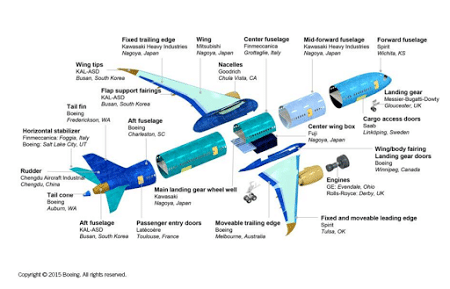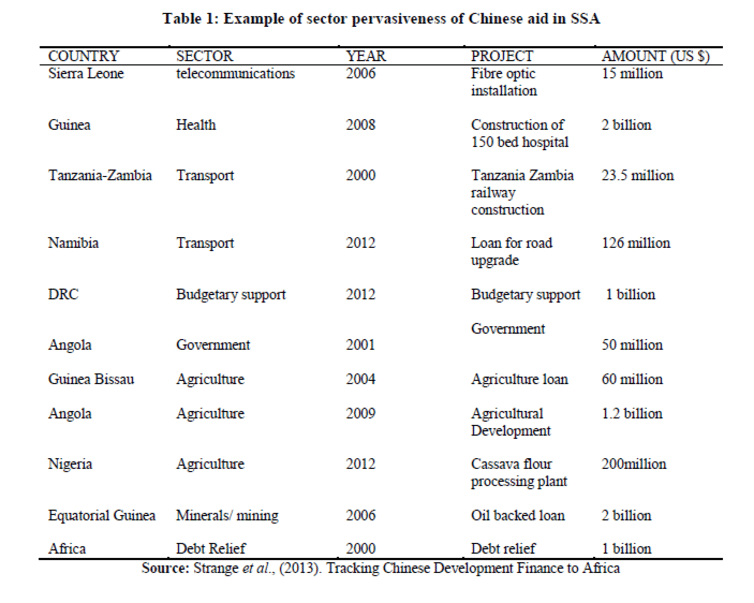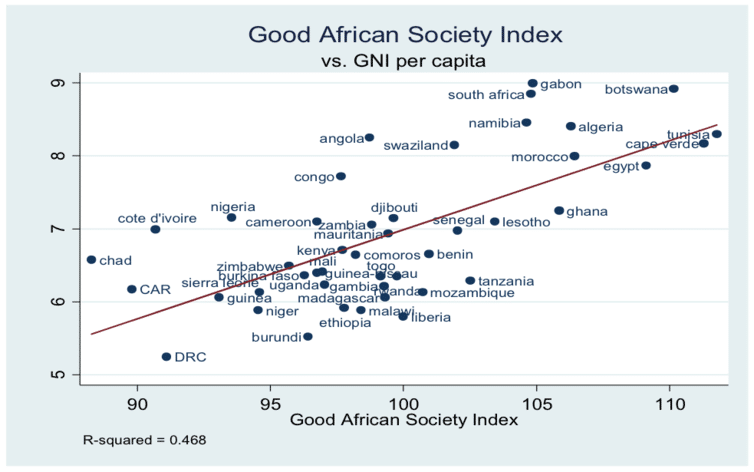Meanwhile in the Central Philippine Sea
While tensions continue to rise in the South China Sea and the disputing governments nervously await a decision in the Philippines’ arbitration case against China, an important sideshow has arisen between Japan and Taiwan in the central Philippine Sea.
On 24 April Japan’s Coast Guard arrested a Taiwanese fishing vessel and its crew for fishing in waters that Japan claims are part of its 200-nautical mile ‘exclusive economic zone’ (EEZ) under the United Nations Convention on the Law of the Sea (UNCLOS).






